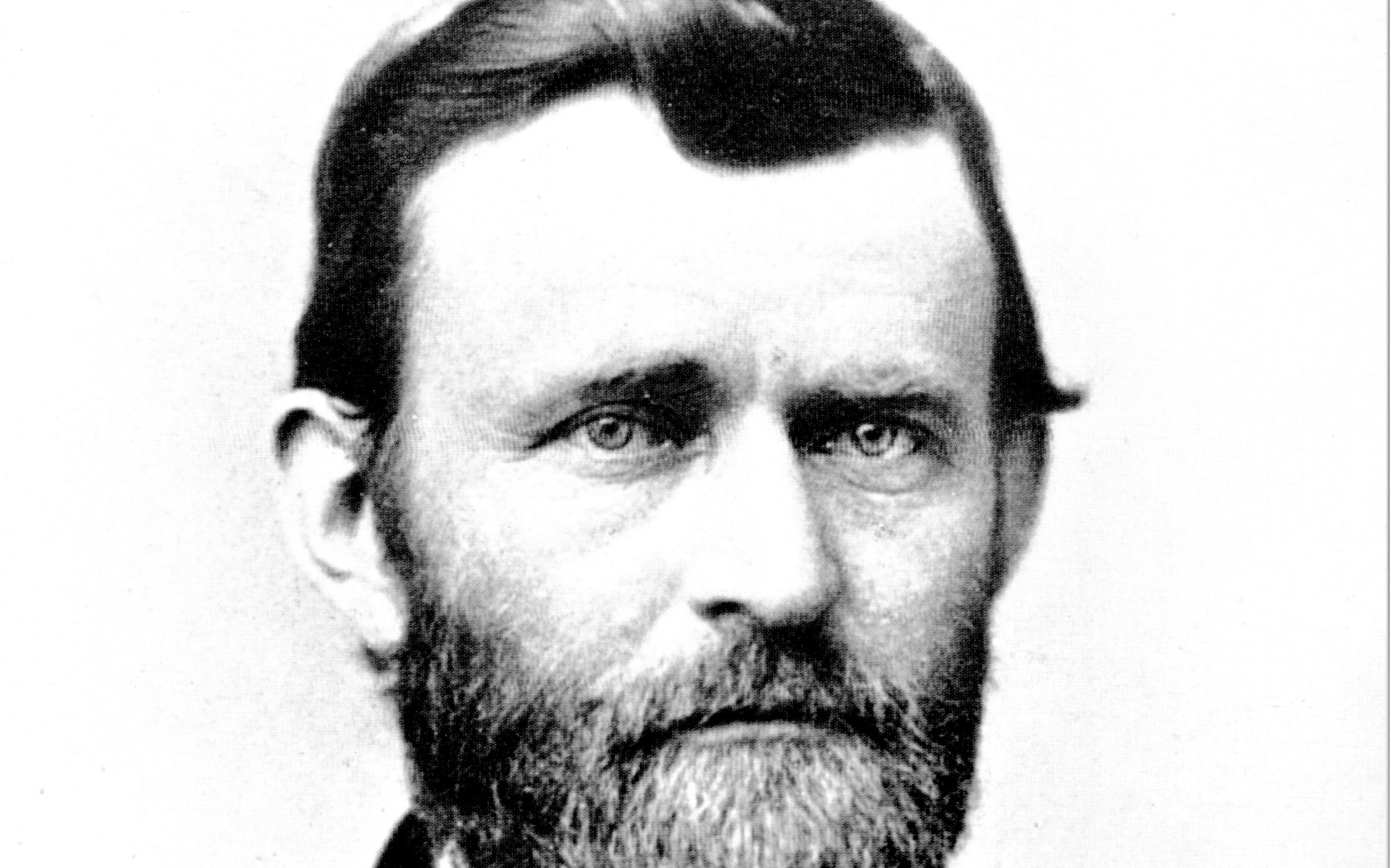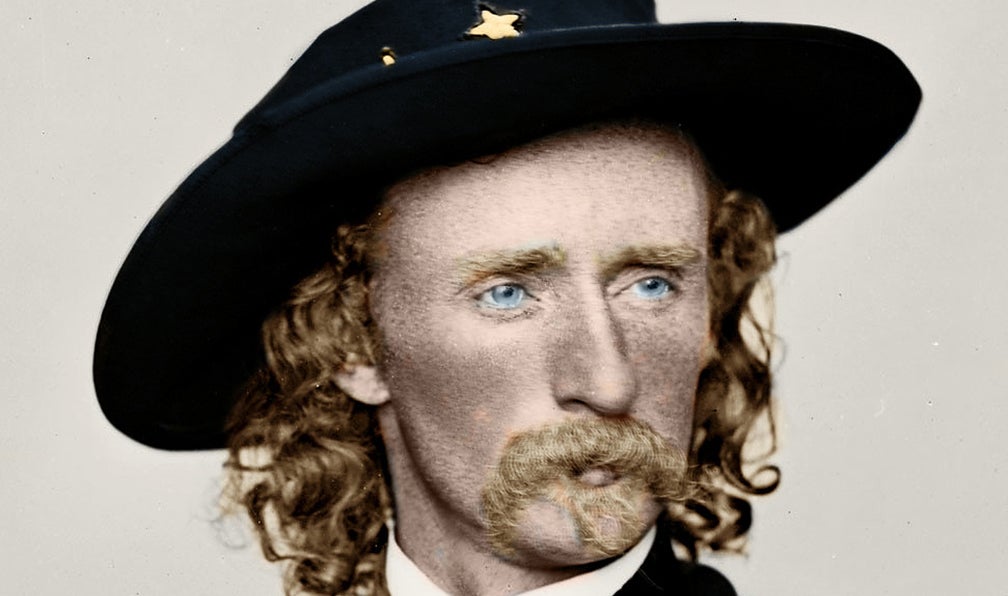
“The Lost Story” by Meg Shaffer
The ending of one story is really just the beginning of another.
Two boys go missing in the vast West Virginia wilderness. Six months later they emerge from the woods, nearly unharmed with no explanation of how they survived.
Fifteen years pass. Those same boys, now grown up, have gone their separate ways. Jeremy Cox left the woods with a remarkable knack for finding lost things. Anything from misplaced items to missing people. He’s made a name for himself as a renowned missing persons investigator. Meanwhile, Rafe Howell has isolated himself. Living alone in a backwoods cabin, he spends his days clearing poachers off his land, practicing archery and making art just for himself. He has no memory of what happened during those six months they were missing and resents Jeremy for keeping him in the dark.
Only Jeremy knows the astounding truth. The two of them weren’t lost in the wilderness, but were transported to Shanandoah, a magical Narnia-esque realm. They’ve fought strange deathless creatures, sailed bright blue seas with mermaids and traveled with knights made of light and fire. So, when Emilie Wendel seeks out Jeremy to help find her missing sister, who just so happened to go missing in the same forest Jeremy and Rafe got lost in so many years ago, Jeremy agrees to find her with the hope that he and Rafe can return. Then their story really begins.
This novel is told in two distinct parts, with the beginning taking place in the real world only to be contrasted with the fantastical realm our characters wind up in in the latter half of the book. These characters are dealing with a myriad of issues including grief, lost love, parental abuse and mental illness. Each of them has a profound desire to escape their reality and be drawn into a fantasy world. What makes the book compelling, is how those issues bleed over into that fantasy world. The effort to leave the real world behind doesn’t bring them to a place where their problems don’t exist, but to a place where they have the ability to fight them. They are given a place to work through and then come to peace with what’s happened to them.
The beauty of the narrative lies in its portrayal of the healing power of stories, how fantasy is at once escapist and also a mirror though which readers can look at themselves.
If you’ve ever wanted to find a portal in the back of your wardrobe, walk through a mysterious door in the woods, or fall down the rabbit hole to wonderland, this one’s for you.
— Review by Victor Kalinyak, Paul Sawyier Public Library

“All Fours” by Miranda July
“All Fours” by Miranda July is about a semi-famous artist who decides to take a cross-country road trip from her home in Los Angeles to New York City. But not even 20 minutes from home, right after driving away from her husband and child, she spontaneously exits the highway. There, she finds herself at the beginning of a torrid affair and an entire self-reinvention inside a generic motel in a random small town.
“All Fours” is a story about a complete overhaul of the self, getting to know yourself in ways you never thought possible, and things becoming anew in completely unexpected, soul-shattering ways. July’s writing is hilarious, emotional, profound, vulnerable and irreverent. Incredibly contemporary, but also universally relatable, “All Fours” is as bizarre as it is sexy. This is the kind of book that, at some point while reading it, you will realize in some small (or huge) way, that you will be different when it’s over.
Review by Claire Thompson, Paul Sawyier Public Library

“The Berry Pickers” by Amanda Peters
In the peak of the summer of 1962, the indigenous Mi’Kmaq family leaves Nova Scotia to pick blueberries in Maine, just as in many years past, everyone in the family except for Ruthie, only four years old. Ruthie is given small tasks: taking water and sandwiches to those in the field. Her older brother, Joe, was the last to see her before she disappeared without a trace.
Everyone in the family quit picking and started looking everywhere, anywhere, calling her name over and over. Her dad went to the sheriff’s office and asked for their help to find his daughter. The sheriff gathered all of their names and stories but said there was nothing he could do and asked them to let him know when she returned.
In another part of this tale, a young girl named Norma has persistent dreams of water, woodsmoke and lots of laughter. Her parents say these dreams are inconsequential and blame them on a variety of things. Her mother is excessively protective and keeps Norma close to home.
As Norma ages and realizes that other children have friends and much more freedom than she does, she begins to doubt the stories her parents tell her. When asked why there are no baby photos of her, she is told that there was a fire and they lost most of the family’s possessions. When asked why her skin is darker that anyone else’s in the family, she is told that there was an Italian grandfather in the family. Norma decides that there is something her family is not telling her.
Amanda Peters heard a similar story from her father who once took her to the berry fields to show her where the natives lived and worked picking blueberries.
Is this story a confession of guilt or the truth-telling of family and love?
Peters is a recipient of the Andrew Carnegie Medal for Excellence in Fiction.
— Review by Lizz Taylor, Poor Richard’s Books

“The Goldfinch” by Donna Tartt
There have been many books that I started to read, but for some reason I quit and moved onto something else. If the writing was interesting, I would put the book in a pile with others to tackle another time. “The Goldfinch” by Donna Tartt was one of these books and after almost 10 years, it came off the pile. I couldn’t say why it was part of the stack of “To Be Read,” but perhaps it was the wrong time in my life for such an intense book. But on a recent day, I decided to give it another chance.
Thirteen-year-old Theo and his mother visit the Metropolitan Museum of Art. He notices a young girl with her grandfather admiring a painting of a golden bird. There is an explosion, and when Theo digs his way out from under the debris, his mother and the girl are missing. The old man is hurt and lying on the floor. He strains to tell Theo to take the painting of the bird and to keep it safe.
When Theo returns home to find that his mother is not there, he thinks she might have been taken to the hospital with the other people who were injured. When he is told that she died in the blast, Theo has the challenge of preventing the state from sending him to a foster home. But, he also has the responsibility of being the sole caretaker of the painting. Theo desires to return the painting to the museum but there are complications when his father rescues him but takes him to live in Las Vegas.
While in Las Vegas, Theo is befriended by another outsider student, Boris from the Ukraine. Perhaps Boris is an emulation of the “Artful Dodger,” intentionally causing a death while shielding Theo and the painting from harm. While Theo reminds me of another Dicken’s character, Fagin, who is the receiver of stolen goods.
At some point the painting ends up in the criminal world, where no one can sell it, but it is still valuable as a trade for other goods. Boris helps track the painting to Amsterdam and snatches Theo from his engagement party. He tells Theo to grab all the cash he can get and fly there to make a deal.
This was an incredible adventure of involving the conflict of accidental theft, and wanting to do the right thing. Espionage with theft, murder and a surprise ending, I am so glad I returned to “The Goldfinch” and finished the book. Now, my next step is to visit The Met and meet this bird in person.
— Review by Lizz Taylor, Poor Richard’s Books










